What Paint to Use on Metal Roof: A Comprehensive Guide on the Types of Paint for Metal Roofs
Acrylic paint is the best paint to use on metal roofs. Acrylic paint is a water-based paint that can be used on metal roofs. It is formulated with acrylic resins as the binder, which provides excellent adhesion, durability, and weather resistance. Acrylic paint for metal roofs typically comes in a liquid form and can be applied using various methods such as a brush, roller, or spray.
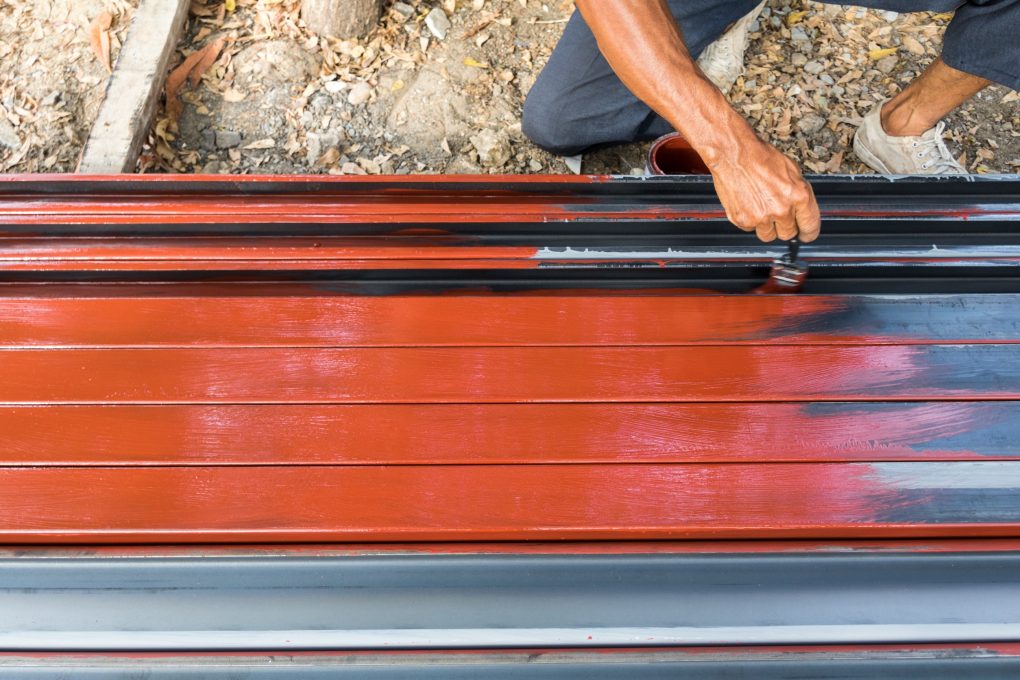

When painting a metal roof, choosing the right paint is crucial. The wrong paint can lead to premature peeling, fading, and corrosion, which can be costly. One important factor to consider is the type of metal your roof is made of.
Different metals require different types of paint to ensure proper adhesion and protection against the elements. For example, galvanized metal roofs are best painted with acrylic-based paint, while terne metal roofs require oil-based paint.
Another important consideration is the climate in which you live. For example, if you live in an area with high humidity or frequent rainfall, choosing waterproof paint resistant to mold and mildew is essential. Additionally, if your roof is exposed to intense sunlight, you’ll need paint that can withstand UV rays without fading or cracking.
Types of Paint for Metal Roofs
Acrylic Paint
When applied to a metal roof, acrylic paint forms a protective coating that helps to prevent rust, corrosion, and fading due to UV exposure. It provides a waterproof barrier that helps to seal the metal surface, preventing moisture from penetrating and causing damage. Acrylic paint for metal roofs is also known for its fast drying time, allowing quicker completion of painting projects.
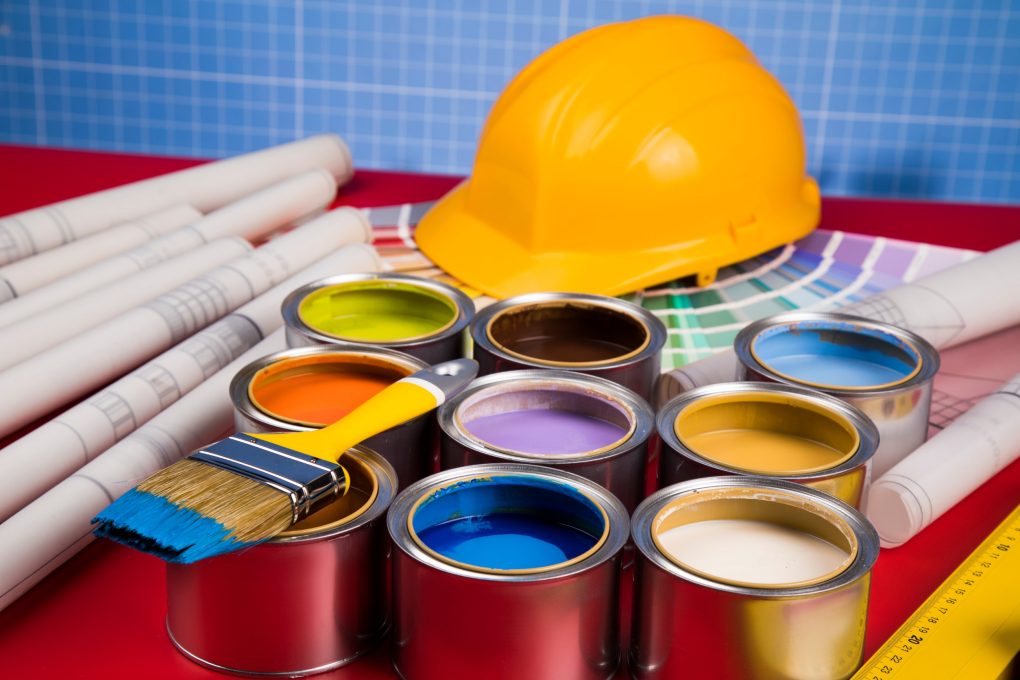

One of the key advantages of acrylic paint is its versatility. It is available in various colors, finishes, and formulations, allowing customization to suit different styles and preferences. Acrylic paint can also be tinted to match specific color schemes or architectural designs, making it a popular choice for metal roofs on residential, commercial, and industrial buildings.
In addition to its aesthetic appeal, acrylic paint for metal roofs is known for its durability. It can withstand harsh weather conditions, including rain, snow, heat, and UV rays, without fading, cracking, or peeling. Acrylic paint is also resistant to mold, mildew, and algae growth, which can be common issues on metal roofs in humid or damp environments.
Furthermore, acrylic paint is environmentally friendly as it contains fewer toxic chemicals than other paints, such as oil-based paints. In addition, it has low volatile organic compounds (VOC) content, which makes it safer to use and better for the environment.
Oil-Based Paint
Oil-based paint is a type of paint that is formulated with oils, typically linseed oil or alkyd resin, as the binder. It is commonly used for painting metal roofs due to its excellent adhesion, durability, and resistance to harsh weather conditions.
When applied to a metal roof, oil-based paint forms a tough, protective coating that adheres well to the metal surface, providing a long-lasting finish. It is known for resisting moisture, UV rays, and temperature fluctuations, making it suitable for various climates.
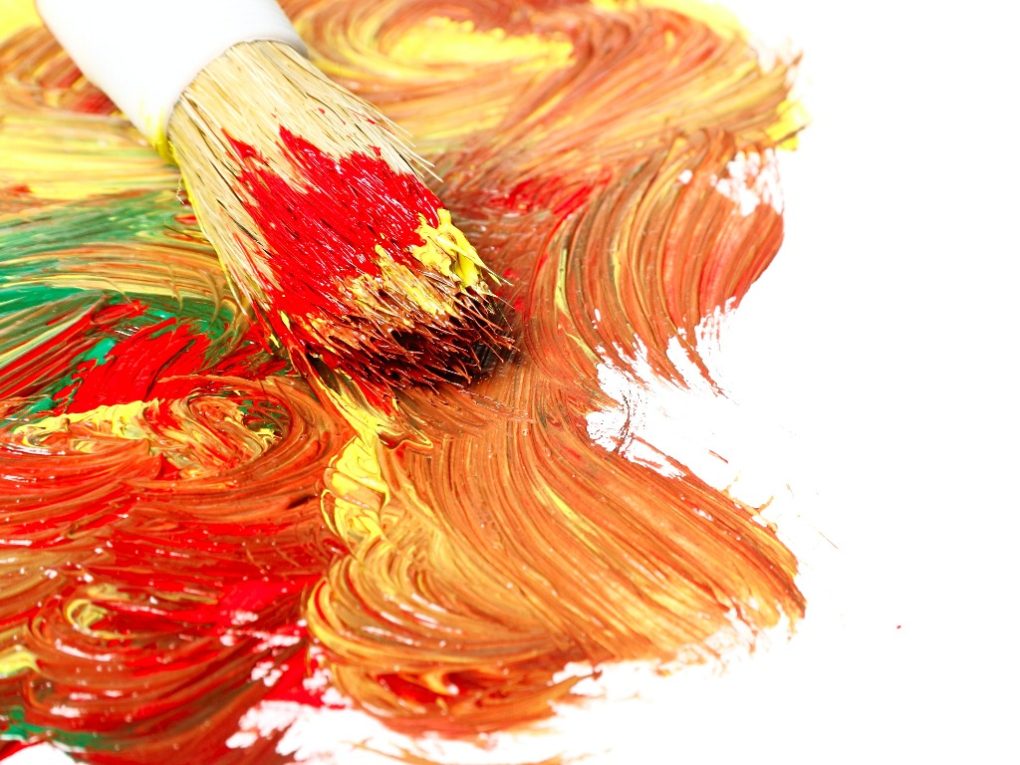

One of the key advantages of oil-based paint for metal roofs is its durability. It forms a hard and durable film that can withstand heavy wear and tear, making it ideal for roofs exposed to harsh environmental conditions, such as extreme temperatures, high winds, and heavy rainfall.
Oil-based paint also provides excellent resistance against rust and corrosion, helping to protect the metal surface from deterioration. Oil-based paint for metal roofs is also known for its smooth and glossy finish, which can enhance the roof’s appearance.
This paint is available in various colors and finishes, allowing customization to match different architectural styles or design preferences. For example, the glossy finish of oil-based paint can provide a sleek and polished look to the metal roof, giving it an attractive appearance.
However, it’s worth noting that oil-based paint also has some downsides. It has a higher VOC content compared to water-based paints, which means it can emit more fumes during application and drying. Therefore, whenever I use this paint, I focus on having proper ventilation and safety precautions to ensure the health and safety of people in the area.
Additionally, oil-based paint requires longer drying times compared to water-based paints, which can extend the overall painting process. It also requires using solvents for cleanup, which can be more challenging to handle and dispose of than water-based paints.
Epoxy Paint
Epoxy paint is a type of paint that contains epoxy resins as the main binder. It is known for its exceptional durability, adhesion, and chemical resistance, making it a popular choice for painting metal roofs in demanding environments.
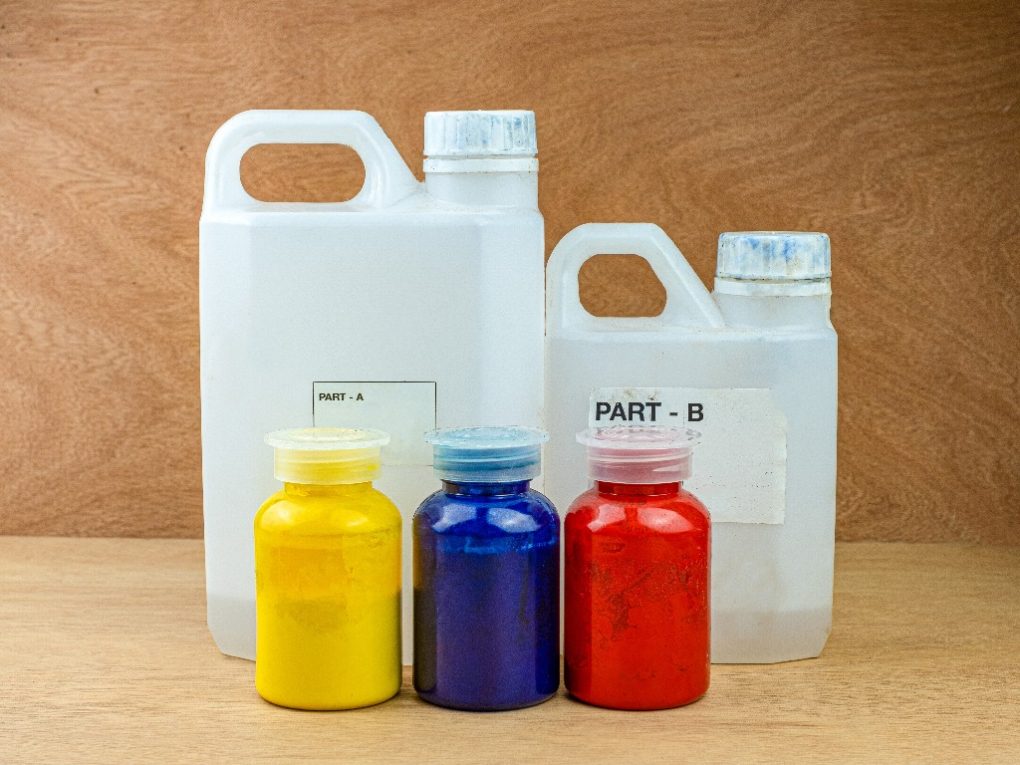

When used on a metal roof, epoxy paint forms a tough, protective coating that adheres strongly to the metal surface. It provides excellent adhesion, even on smooth or slick metal surfaces, and creates a hard, durable finish that can withstand harsh weather conditions, chemicals, and abrasion.
One of the key advantages of epoxy paint for metal roofs is its superior durability. It is highly resistant to rust, corrosion, and oxidation, which can be common issues on metal roofs due to exposure to moisture and environmental elements. Epoxy paint forms a protective barrier that helps prevent these issues and extends the metal roof’s lifespan.
Epoxy paint is also known for its excellent adhesion properties, ensuring it adheres well to the metal surface without peeling, cracking, or flaking over time. This makes it ideal for metal roofs subject to expansion and contraction due to temperature changes or other movements.
Another notable feature of epoxy paint is its chemical resistance, making it suitable for metal roofs exposed to harsh chemicals or industrial pollutants. Epoxy paint can withstand various chemicals, including acids, alkalis, solvents, and detergents, without deteriorating or losing its color.
Furthermore, epoxy paint for metal roofs is available in various colors and finishes, offering versatility in terms of aesthetics. It can be customized to match different architectural styles or design preferences, providing an attractive appearance to the metal roof.
However, it’s important to note that epoxy paint requires careful surface preparation and application, as it typically has a two-component system that requires precise mixing and curing. Additionally, epoxy paint can cost more than other paint types due to its superior properties and performance.
Polyurethane Paint
Polyurethane paint is a type of paint that contains polyurethane resins as the main binder. It is known for its excellent durability, adhesion, and UV resistance, making it a popular choice for painting metal roofs.
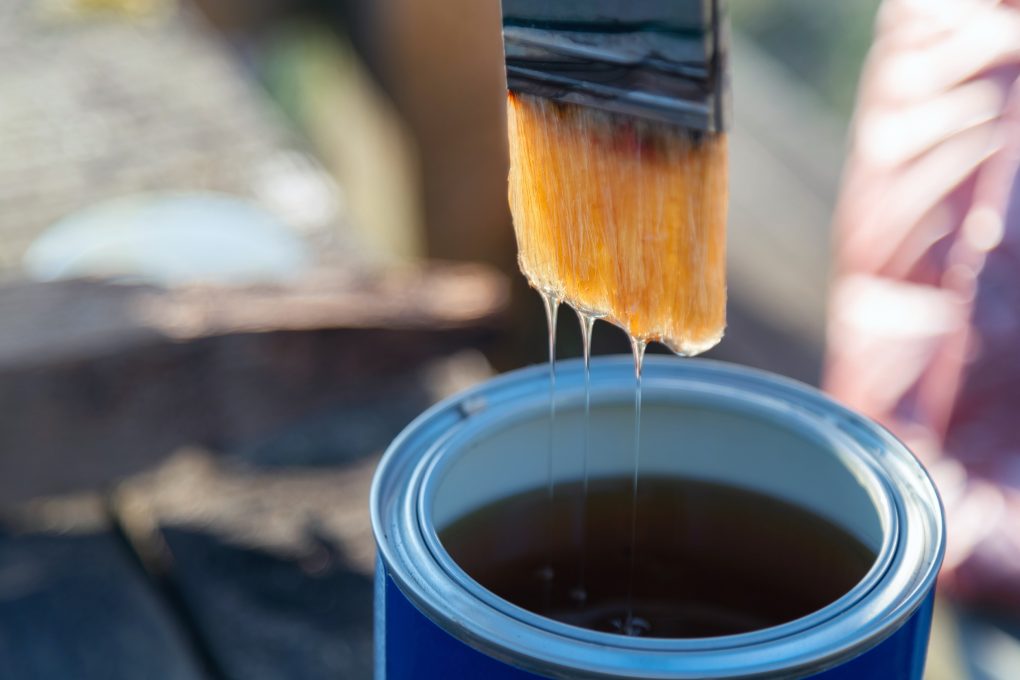

Polyurethane paint forms a durable, flexible coating that adheres well to the metal surface when applied to a metal roof. It provides exceptional adhesion, even on smooth or slick metal surfaces. In addition, it creates a tough, long-lasting finish that can withstand harsh weather conditions, including UV rays, rain, and temperature fluctuations.
One of the key advantages of polyurethane paint for metal roofs is its superior durability. It is highly resistant to chipping, cracking, peeling, and fading, which can be common issues on metal roofs due to exposure to environmental elements. Polyurethane paint forms a protective barrier that helps to prevent these issues and ensures a long-lasting finish.
Polyurethane paint is also known for its excellent UV resistance, making it ideal for metal roofs exposed to intense sunlight. It resists yellowing, fading, and chalking caused by UV radiation, which helps to maintain the color and appearance of the metal roof over time.
Another notable feature of polyurethane paint is its flexibility, which allows it to expand and contract with the metal roof due to temperature changes or other movements without cracking or peeling. This makes it suitable for metal roofs subject to frequent thermal cycling or structural movements.
Furthermore, polyurethane paint for metal roofs is available in a wide range of colors and finishes, providing versatility in terms of aesthetics. It can be customized to match different architectural styles or design preferences, allowing for creativity in the metal roof’s appearance.
Polyurethane paint is typically easy to apply, dries relatively quickly, and requires minimal maintenance, making it a convenient option for painting metal roofs. However, following proper surface preparation and application procedures is important for optimal results.
